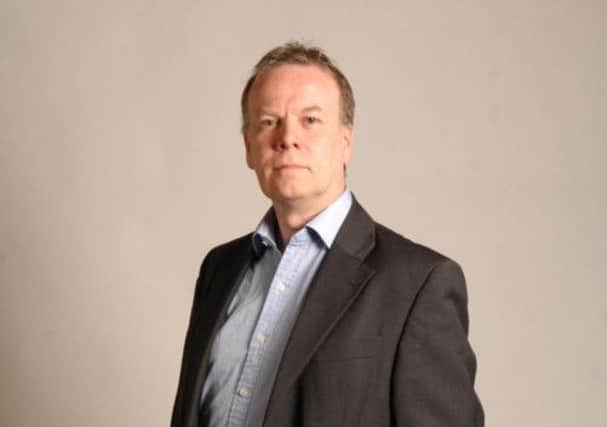Comment: Captains on the bridge must answer for actions


Sir James Crosby, who was succeeded as chief executive by Andy Hornby, and Lord Stevenson, the former chairman, will give evidence next week to the parliamentary commission on banking standards. Their testimony will be vital in understanding what went wrong.
Thus far, they have been largely silent on the crisis, save for Hornby and Stevenson’s appearance before the Treasury committee alongside former Royal Bank of Scotland chairman Sir Tom McKillop and chief executive Fred Goodwin in February 2009.
Advertisement
Hide AdAdvertisement
Hide AdThat same month, Crosby quit as deputy chairman of the Financial Services Authority, a role he had taken after leaving HBOS. During that committee hearing he was accused of ignoring warnings by its former head of regulatory risk Paul Moore that it could be exposed to borrowers defaulting on their loans.
Hornby, despite a background in the retail industry, was lauded as the wunderkind of British banking. But his sales-led culture is said to have been at fault as the bank pursued a risky lending strategy that ultimately left Peter Cummings, head of the corporate division, as the only person so far penalised by the authorities.
It was clear, however, that the bank’s failure affected Hornby personally, though. unlike his counterpart at RBS, he somehow managed to find himself more than one high rolling job, first at Boots and latterly at Coral, the betting empire. He quit Boots through exhaustion, but he now enjoys a public profile, turning up at race meetings to hand over trophies to winning owners.
At least he and Lord Stevenson waived their rights to any pay-offs when they left the bank and both apologised at that February meeting for its failure.
But saying sorry was never going to be enough when the taxpayer is still picking up the tab for having to rescue the bank they led.
Green bank must stand out from the crowd
SHAUN KINGSBURY, chief executive of the Green Investment Bank (GIB), has pledged one key target for the latest addition to Edinburgh’s growing panoply of banks: to make a profit.
As a taxpayer-funded operation, it cannot, as he is acutely aware, be seen to be pouring yet more public money into a banking sector that has soaked up billions and may never pay it all back.
The fundamental purpose of GIB, of course, is to stimulate further investment in the renewables and wider green infrastructure sector, a core coalition commitment that will feature in the new energy bill.
Advertisement
Hide AdAdvertisement
Hide AdBut the most interesting aspect of yesterday’s official launch was the sub-plot of the independence debate.
While the SNP welcomed the positioning of GIB’s headquarters in Edinburgh as a “testament to Scotland’s commitment and embracing of its vast renewable resources”, the UK Business Secretary Vince Cable said that “having the headquarters in Edinburgh is a powerful vote of confidence in the union”.
The bank may have its HQ in Edinburgh but it also has a base in London, giving it the option of relocating.
It has been said from the start that this was a deliberate spoiling tactic by the coalition. Now we have evidence.